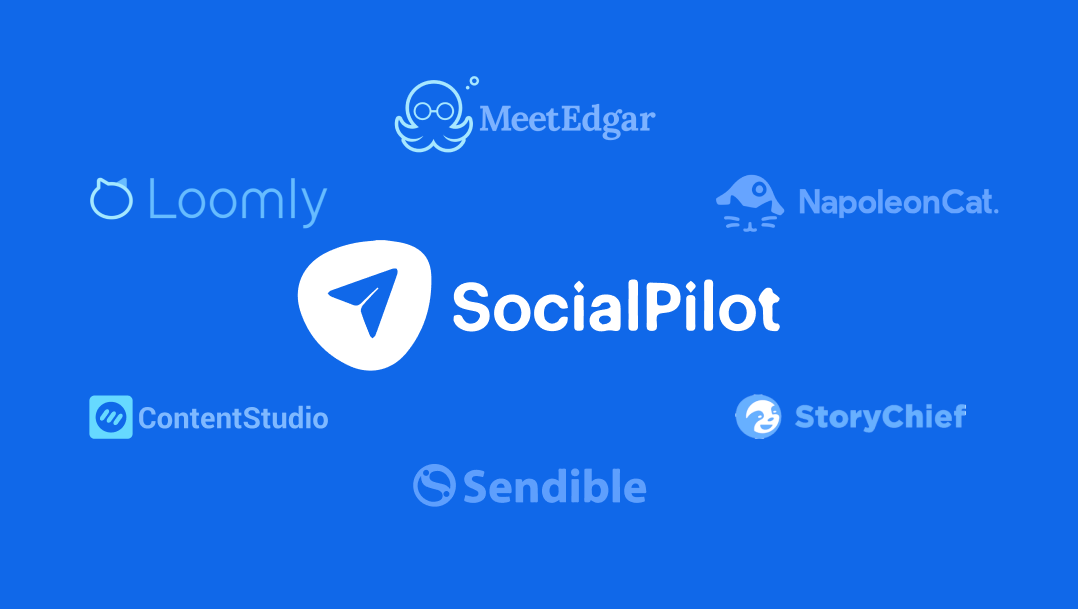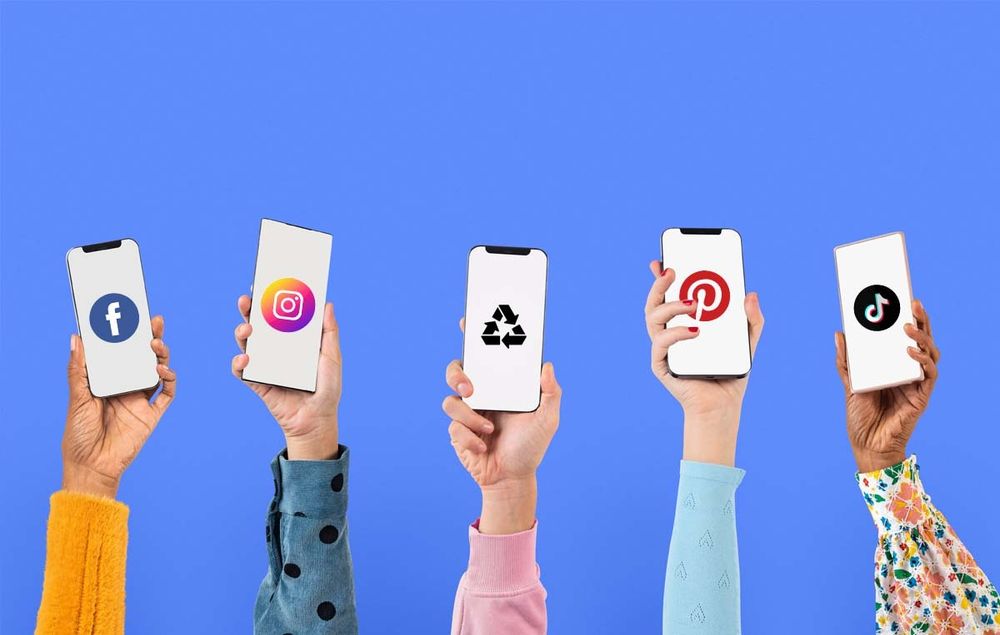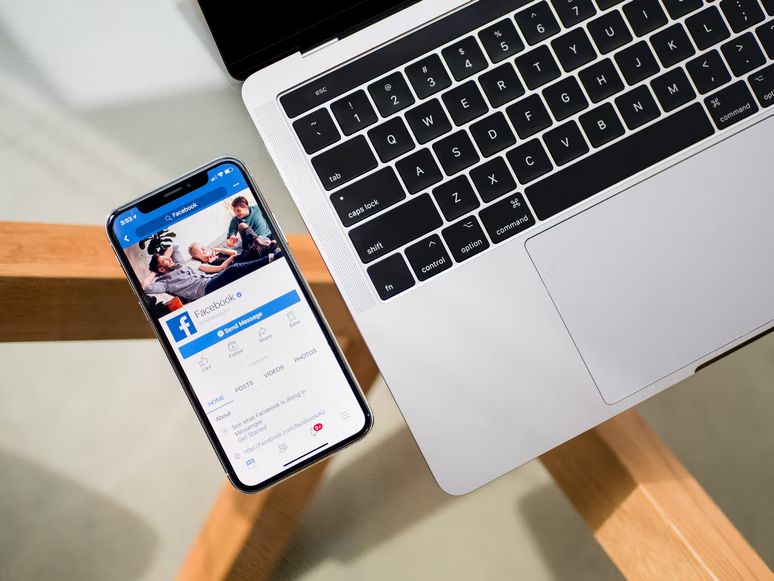The old paradigm was pay to play. Now you get back what you authentically put in. You’ve got to be willing to play to play – Alex Bogusky, Founder CP+B.
Looks like Mr Bogusky’s statement has come back to haunt all of us.
In a bid to “helping you find relevant content”, Facebook has made a few tweaks to its policy. Now, your newsfeed will prioritize updates from your friends, family, and groups over the content put out by brands.
What does this mean?
Say you found a brand’s content interesting and used to like and share it. As a result of this policy change, your favorite brand’s content would be pushed way down the newsfeed.
Yes, you guessed it right. You’ll probably be tired of scrolling till you come across that content.
What does this mean for brands and professionals (who have built their own personal brand)?
Catastrophe. And of course, money. Looks like these brands are left with no option but to pay to continue with their presence on social media platforms.
This brings us to question in point – Is ‘Pay-to-Play’ the Future of Social Media?
So we decided to hold a Twitter chat, throw an open debate and settle this – once and for all.
Q1: The glory days are over and done! Social Media in 2018 is all pay-to-play. Do you agree?
Nope. Engagement and awareness still rule the roost.
Here’s what @nonnahsmarket had to say:
A1: We disagree.
About 20 percent of our clients hire us for pay to play but “retention is more important than acquisition” & the majority of our clients use us for content creation/storytelling/campaigns. pic.twitter.com/b0tJ7g0oRO— Nonnahs Marketing (@nonnahsmarket) July 25, 2018
Well, some numbers do support this argument:
- Facebook continues to have the most engaged users – 70% log on daily, including 43% who do so several times a day.
- 63% of Facebook and Twitter users say each platform serves as a source for news about events and issues outside the realm of friends and family.
- In the past two years, content consumption on Facebook has increased 57%.
- 76% of people use their Facebook feed to find interesting content.
- Over 95 million photos and videos are shared on Instagram every day.
- Pinners are just as likely to purchase as users from other social channels, but spend 50% more on average compared to other social channels.
- In the past two years, content consumption on LinkedIn has increased 21%.
But wait. There’s an equally convincing counter-argument.
Hmm. Probably cos these brands understand that social media and content marketing is meant to ‘complement’ and not ‘replace’ their sales efforts. #SocialPilotchat
— Aarohi Pathak (@aarohipathak13) July 25, 2018
59% of marketers rely on total lead volume as a top metric.
Now, what does that tell us? Most brands are prioritizing ‘leads’ and ‘conversions’ over ‘engagement’ and ‘brand recognition’.
This might be due to various reasons.
One, they don’t have enough time and patience to indulge in organic marketing. Two, they feel that organic marketing requires a lot of effort. So, why sweat it? Three, they believe in the fact that businesses don’t thrive on followers, they thrive on customers. Four, they are planning to indulge in organic marketing after they have acquired a satisfactory number of customers.
A1: Also depends on the brand’s community and legacy. Newer brands have no legacy, trying to get visibility is harder for them. Established brands with great social community and content have the edge. #socialpilotchat
— Kemya Scott (@MissKemya) July 25, 2018
Like @MissKemya said, small and medium businesses are more likely to fall into the ‘pay-to-play’ trap as they might be desperate to gain visibility that popular brands already have .
Q2: Facebook is largely becoming a pay-to-play social media platform. What do you think?
While some agreed with the fact that Facebook is pushing brands towards the ‘paid’ path…
A2: Since they changed the algorithms yes. It is designed to have people buy into the system. Unless you understand how to navigate any social media platform you can be at a disadvantage but even more so if you are not willing to buy into that system.
— Tasha Ina Church (@TashaInaChurch) July 25, 2018
…others disagreed.
A2: I have not gotten great results from the few paid FB ads I have done. I get better results from my normal and consistent posting and then engaging with people who like or comment. So, paying is not necessary #SocialPilotchat
— Bob Swetz (@bobswetzonline) July 25, 2018
But we gained some great insights as to how brands can still use social media platforms to their advantage while also sticking to their marketing budget:
A2 There are ways around it, or cheaper ways. I find boosted posts more effective than ads #SocilaPilotchat #socialpilotchat
— Fusion Designs (@fusiondesignsco) July 25, 2018
Boosted Posts are just a simplified and uncomplicated version of Facebook ads. If you find ads to be complicated and overwhelming, you can invest in boosting your posts.
Exactly. One of the services we provide amplifies the virtual network by co-promoting each other on various social platforms and email lists for launches. This keeping the marketing cost down. #SocialPilotchat
— Mellissa Rempfer (@GivingExcellenc) July 25, 2018
Two, social amplification is a better bet as it amplifies the reach of your organic content and helps you grow a community of loyal customers and brand advocates.
Q3: What can you do to get the best out of your buck spent on social media?
A3 Have a strategy! Do your research, create a plan and a proper campaign. Track your results to use for future campaigns. #socialpilotchat
— Cole Nemeth (@SheMonsterMedia) July 25, 2018
There’s no doubt that having a strategy is the first step towards ensuring that you don’t end up wasting your money on something that isn’t producing any results.
A3: Don’t spend just to “boost” posts! Spend on initiatives that will take users to your website/landing page/sign-up form etc. that way you can track true leads & conversions! #socialpilotchat
— Morgan May Pashen (@morgan_ma_belle) July 25, 2018
42% of B2B marketing professionals state that a lack of quality data is their biggest barrier to lead generation.
Investing time and effort in getting the consumers one step closer to becoming ‘leads’ and ‘conversions’, can help you in gathering useful data.
This data, in turn, will help you create better targeted ads for those who have showed genuine interest in buying your product or availing your service.
Q4: What role does paid social play in your digital strategy?
People listen to word-of-mouth recommendations. Same principle. #socialpilotchat
— Katherine Hartner (@kehartner) July 25, 2018
These numbers support the viewpoints of @RickieWrites and @kehartner :
-
- 87% of people say there are more ads than two years ago.
- Adblocking has cost publishers nearly $22 billion in 2015 alone.
- 64% of ad blocker users do so because they believe ads are annoying or intrusive.
- 41% of ad blocker users found out about ad blockers by word of mouth.
- Adblocker Plus, the most popular ad blocking app, has reached 300 million downloads worldwide.
- But there are some who would still bet on paid ads.
A4: We haven’t done this for ourselves, but paid social is a reasonably-sized strategy we offer and design for many of our clients. If they have a message worth hearing, it’s worth paying for it to be heard.#socialpilotchat
— Morgan May Pashen (@morgan_ma_belle) July 25, 2018
A considerable number of brands – 61% to be exact – which have implemented social selling, report a positive impact on revenue growth.
This shows that, IF done right, social selling can produce good results for brands.
Oh for sure. It all goes back to knowing your audience. #socialpilotchat
— Katherine Hartner (@kehartner) July 25, 2018
Noticed the big, conspicuous IF we used?
When it comes to ads, you must understand what works and what doesn’t. If you wish to spend some money on ads, ensure that you have decoded the concept first.
Q5: Do you still believe your organic reach can do wonders without spending a single penny?
Organic marketing enables you to reach your audience in an unpaid and genuine manner – wherein you are required to create interesting content and post it consistently.
As @OfficeHounds’ tweet points out, it requires a consistent, wide and long-term approach.
Q5: The answer depends on how you define ‘wonders’. Social Media should be part of any healthy marketing plan. SMM should be a long term, consistent commitment. I make sure clients understand that social posts alone won’t get their phone ringing with leads.
— Business HELPaholics (@OfficeHounds) July 25, 2018
Hence, brands which are looking for stable results find themselves voting for organic marketing.
@morgan_ma_belle made a convincing point about the power of SEO strategies in improving content visibility and driving sales.
A5: Yes! I’ve had optimized posts on clients’ Facebook pages appear in Google SERPs without any $$ spent. Appearing at the right time in those SERPs lead to timely sales around a yearly event that we may not have gotten depending on just our website optimization. #socialpilotchat
— Morgan May Pashen (@morgan_ma_belle) July 25, 2018
However, in the current pay-to-play environment, there are many who are skeptical about organic marketing doing ‘wonders’ for their business.
We don’t believe organic reach do wonder, it does help as brand recall point of view. #socialpilotchat
— ZeroGravity (@ZeroGravityComm) July 25, 2018
That’s a wrap!
So, what did we learn?
One, the policy changes taking place on various platforms are definitely going to affect your marketing strategies. So it’s time you begin analyzing these changes and tweaking your strategies accordingly.
Two, it isn’t advisable to remove organic marketing completely from your strategy. Strike a balance between organic and paid marketing. This way you’ll be in safe waters.
Three, get the right data in place before you go all out for paid advertising. Let the data help you create better targeted ads.
Four, if you haven’t jumped onto the paid advertising bandwagon yet, looks like you’ll have to. Look for cheaper and smart options like boosting posts, co-promotion, affiliate marketing etc. Ensure that you compare all options before you make the decision.
Didn’t join the #SocialPilotchat?
No worries! Just mention your Twitter handle in the comments below and we’ll personally notify you about the details of our next Twitter chat.
What do you think about this debate?
We are always looking forward to more opinions and insights. So, feel free to share your thoughts in the comments’ section below.




